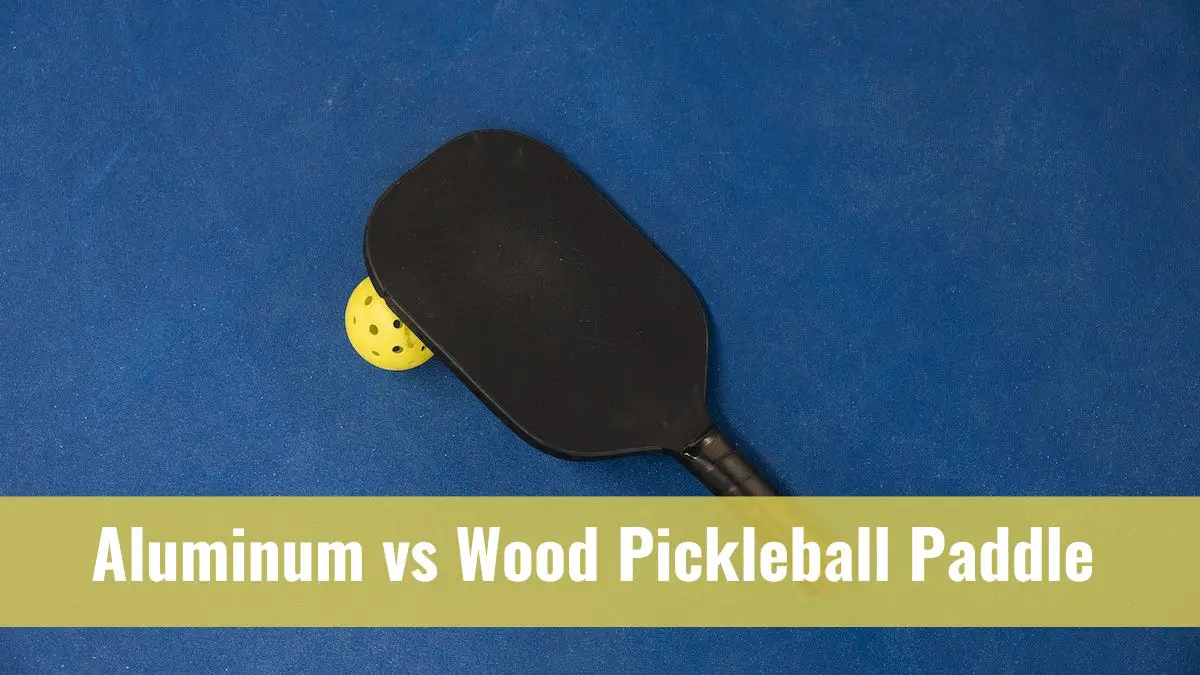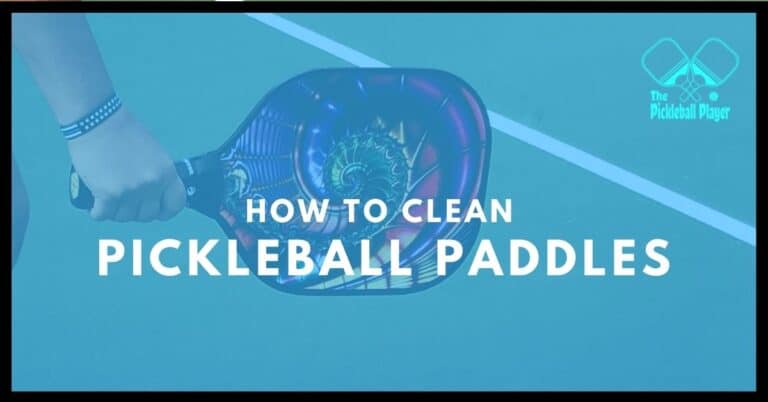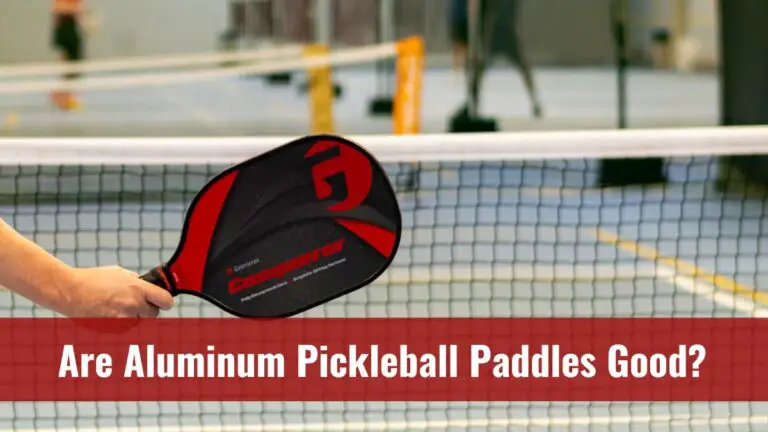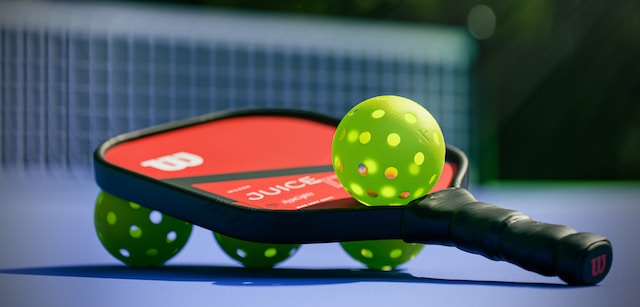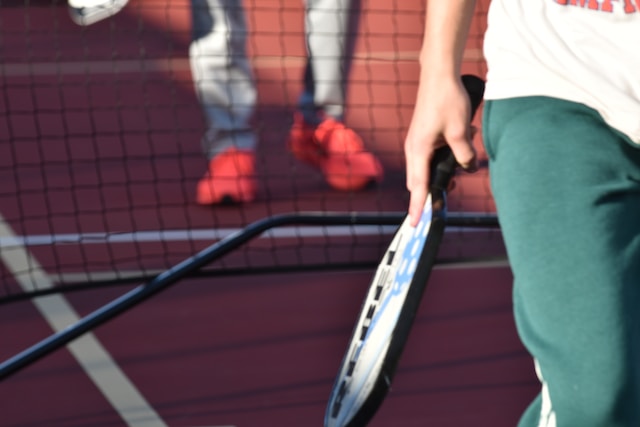Aluminum vs. Wood Pickleball Paddle: Which One Is Better?
If you’re thinking of upgrading your pickleball paddle, you might know that the core material is a crucial factor to consider, as it plays a big role in the power, control, maneuverability and feel of the paddle.
Pickleball paddles come in various core materials, from sleek-looking composite paddles to the more traditional wooden paddles. However, two common core materials are aluminum and wood. But, which one is better? This guide will compare aluminum vs. wood pickleball paddles in detail to help you decide which one is a better fit for your needs. With that said, let’s roll in.
Table of Contents
- Aluminum vs. Wood Pickleball Paddle: Key Differences
- Aluminum vs. Wood Pickleball Paddle: How to Choose?
Aluminum vs. Wood Pickleball Paddle: Key Differences
Playing with a wooden pickleball paddle provides an old-school experience and takes you back to the day when pickleball was just a few years old. Wooden paddles have a traditional charm and nostalgic feel that evokes the sensation of being a true pickleball player. On the other hand, aluminum paddles offer a more professional feel and modern experience.
Below, we’ll dive deep into the details of aluminum vs. wooden pickleball paddles:
Weight
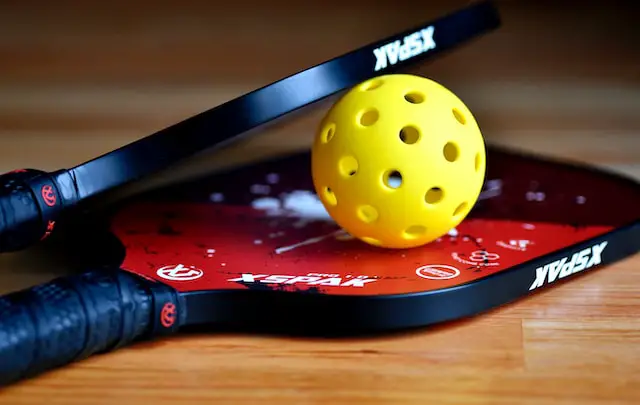
One important factor to consider when buying a new pickleball paddle is weight. Each player prefers a specific paddle weight that they can comfortably play with for long periods.
When it comes to wooden pickleball paddles, they’re typically considered heavyweight. They weigh somewhere around 18 to 20 ounces. Although this weight is ideal for a wooden paddle to deliver powerful shots, it can lead to health problems down the road.
Playing with a heavyweight paddle can be quite uncomfortable, and you might stop playing after a few matches. Also, playing with a heavyweight paddle can cause serious muscle injuries like tennis elbow and easy fatigue. Moreover, the wooden pickleball paddles also compromise your maneuverability and control.
On the other hand, aluminum pickleball paddles are known to be super lightweight. On average, an aluminum paddle weighs around 7.5 ounces. The aluminum core gives an extraordinary feel to the paddle, which makes it very maneuverable in the player’s hand. Also, the control imparted by the lightweight nature of the paddle is on another level.
Power
Pickleball enthusiasts know that power plays a big role in your game. Thanks to their heavy weight, wooden paddles usually hit powerful shots. So, with a little force, you manage to shoot the ball into the opponent’s court with ample power and speed.
On the flip side, aluminum paddles are not that good at delivering shots with power due to their lightweight design. This means you’ll have to make some extra effort to smash the ball into the opponent’s court if you’re using an aluminum paddle.
Control
The control and maneuverability of the heavy-weight wooden paddle is largely compromised. This means the pickleball paddle is not easy to maneuver, and the ball will fly out of control in some cases.
However, an aluminum paddle is the king of all pickleball paddle materials when it comes to control. It’s because of the lightweight nature and softer feel of the paddle. With an aluminum paddle, you can swiftly move your hand and keep the ball in control at all times.
Durability
If frequently changing paddles due to wear and tear bothers you, then a wooden paddle is a great choice for you. Wooden pickleball paddles are extremely durable and run for years without becoming dull or forming dead spots. This is great for recreational players who play pickleball for long periods on a regular basis.
When it comes to durability, aluminum paddles are no less than the wooden paddles. They do not catch dings and dents easily and are still perfect for players with an aggressive style of play.
Noise
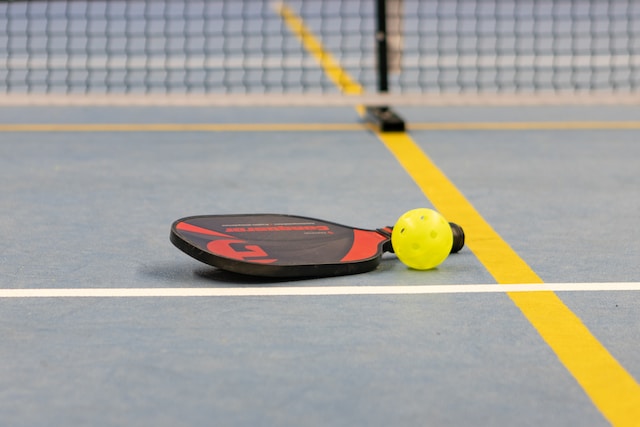
One of the disadvantages of playing with a wooden paddle is that it is extremely noisy. The pop sound created when the hollow ball hits the bare wooden surface is very loud and unpleasant to hear. This is why wooden paddles are not so popular nowadays, as players prefer a quiet game offered by the modern paddles.
Aluminum pickleball paddles are not as noisy as the wooden paddles and can be used to play in areas with noise restrictions, though they’re not as good at absorbing vibrations as wooden paddles.
Price
The best thing about wooden paddles is that you don’t have to shell out hundreds of dollars to buy them. Their price ranges from $10 to $30. This is great for beginner players who want to practice with wooden paddles and then switch to more expensive ones as they gain momentum.
Although aluminum paddles are not as expensive as the high-end composite paddle, they are not even close to wood paddles when it comes to price. They come in a price range of about $50 to $100.
Pro & Cons
Let’s take a general look at the overall pros and cons of wooden and aluminum pickleball paddles:
Pros and Cons of Wooden Paddles
| Pros | Cons |
| More power | A bit noisy |
| Affordable | Less Control |
| Heavyweight | Heavy weight |
Pros and Cons of Aluminum Paddles
| Pros | Cons |
| More control | Less power |
| Less noise | Slightly expensive |
| Durable |
Aluminum vs. Wood Pickleball Paddle: How to Choose?
Keeping in mind the durability and affordability of wooden paddles, they’re a perfect choice for beginner players. If you’re just starting out, use a wooden paddle to learn the ropes of pickleball and elevate your game. Once you’re good at the game, you can switch to a more effective and expensive pickleball paddle. Moreover, wooden paddles are also good for reckless kids, who tend to break paddles easily.
On the other hand, aluminum paddles are great for intermediate to advanced-level players seeking excellent control. That’s why they’re more common among pickleball enthusiasts nowadays.
Also, check out our post on how to choose a pickleball paddle.

